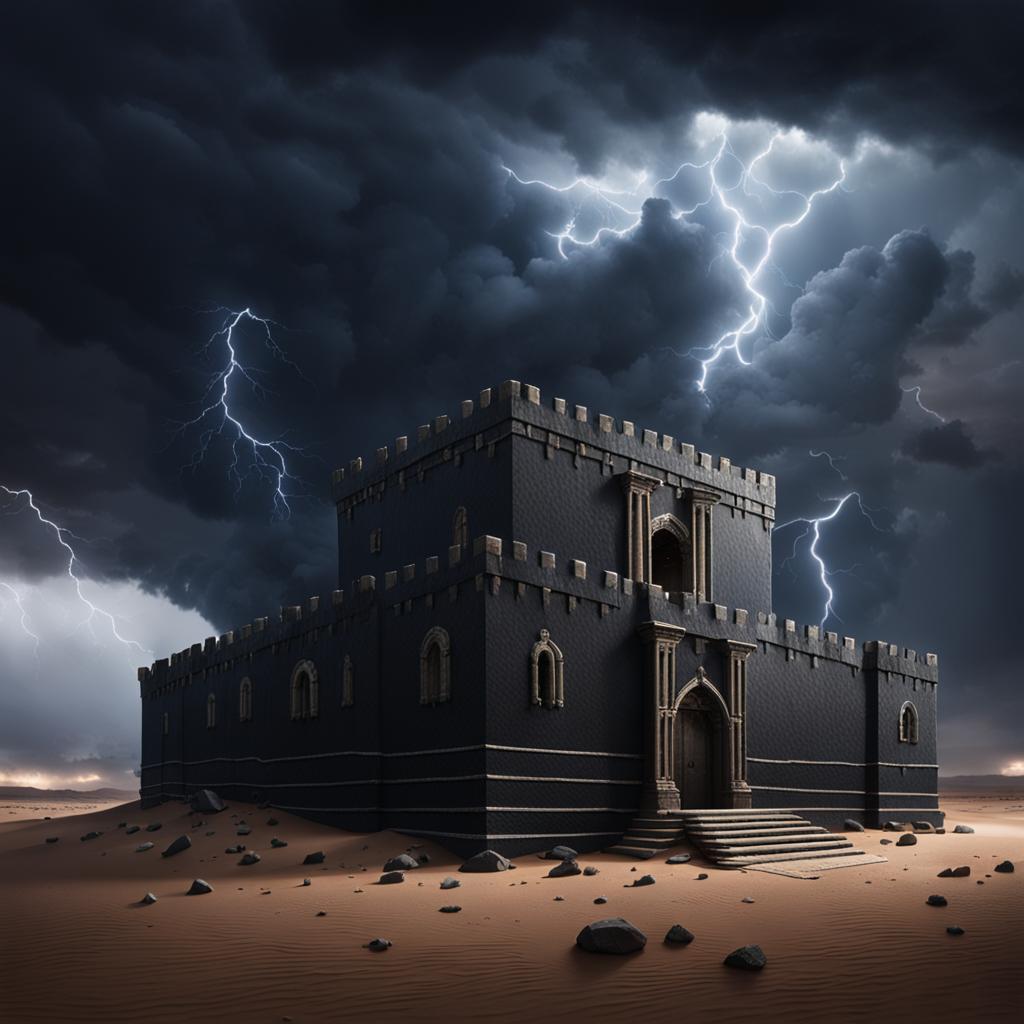
“Get busy livin’, or get busy dyin‘!” We all love certain prison-related movies. Adding prison ideas to your D&D campaign can make for an excellent experience for your players and yourself.
But adding a prison can be difficult. So, in this article, let’s discuss how to correctly add prisons to your D&D campaign.
Let me start by saying that every campaign is different. According to Dungeon Master rule #8, if it works in your campaign, it works. I will give you some tips, tricks, and actual Prison ideas. So, let’s get busy livin’!
Firstly, you might ask, “Why would I even put a Prison in my D&D campaign?”
That’s a great question.
The story is driven by conflict and conflict resolution. You would never enjoy reading a story where Sam and Frodo just walked for a day and dropped the ring into Mount Doom. That would be an excellently boring movie that no one would watch. The conflict makes any story worth watching.
Prisons, in almost any universe, are filled with opportunities for conflict. Simply being imprisoned could be conflict enough for any character to experience emotional turmoil. Prisons can be wonderfully rich story points that help you weave a wonderful tale for your players.
Another reason to include a prison in your game is that it can help you build much of the world. As we’ll discuss later, you’ll have to consider many questions. You’ll also naturally have to fill in parts of the world and concepts within your universe to make the Prison make sense.
Overall, adding a prison to your campaign can be a fun arc. Just look at the latest Dungeons and Dragons movie!
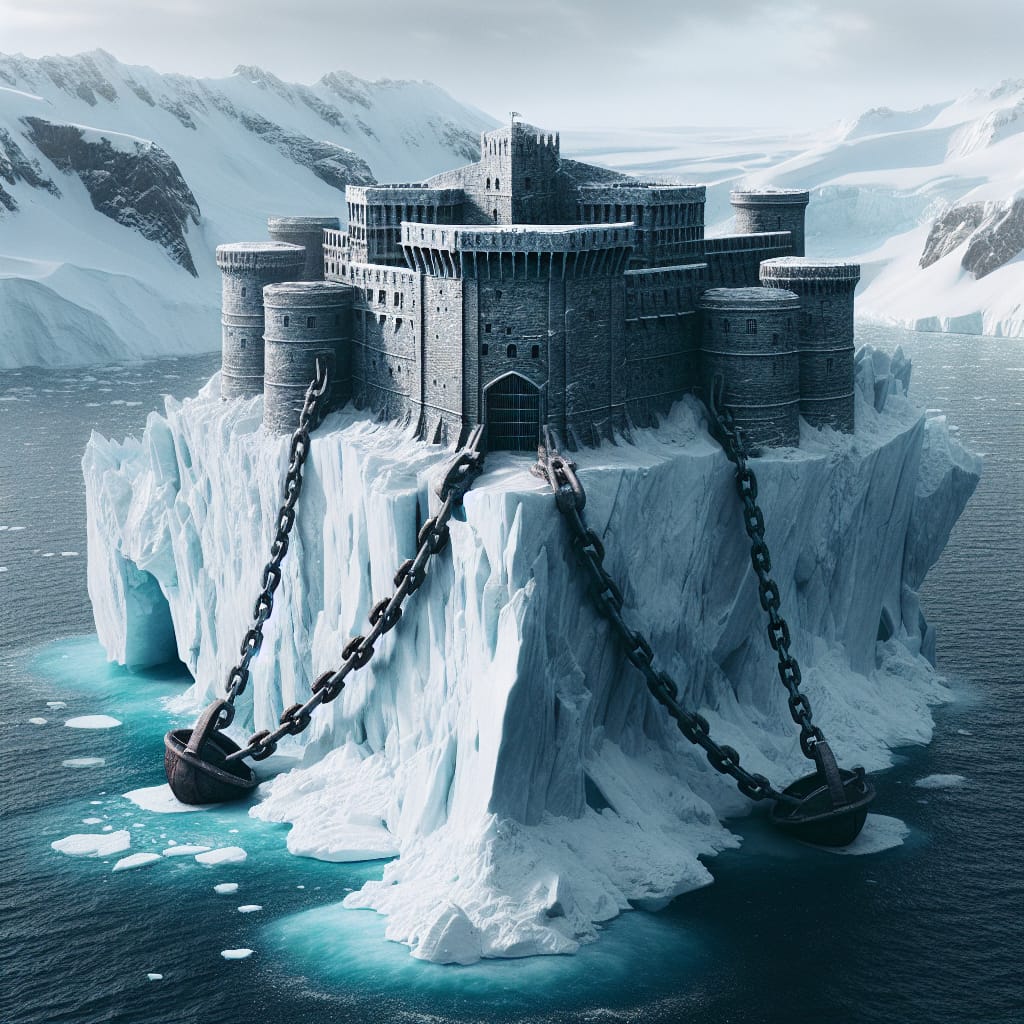
When deciding to include a prison in your campaign, you have at least two options for its role. Those options deal with your characters and their relationship to the Prison. The first option is to have your player characters be prisoners in Prison. The second option is having your characters run the Prison.
Having your party be prisoners in Prison can be a powerful plot arc. Everything the party members have will be taken from them.
For example, we are recording the first few sessions of our new actual-play D&D show, Pact and Boon. In the first episode, our characters began as prisoners in Hell.
Now, our DM, Jake Packham, was cunning. He had us create our characters and then told us we would start in Hell. I made an artificer, but more specifically, an Armorer.
I also tried to make my character, Joland Grei, particularly tanky. Joland had a shield and used one of his artificer infusions to put his armor class up to 19.
Then we started the session. Let me tell you. In Hell, you don’t get armor or shields in Prison. Even using magic was frowned upon.
That meant my well-thought-out Armorer had an Armor class of 13 instead of 19. Oh, and I had no weapons and no way to defend myself. That forced me to play differently and think on my feet rather than just being tanky and absorbing the hits.
Putting player characters in prisons can also allow for some excellent character development. Prisons are supposed to be places of introspection and often suffering. The suffering is what makes characters change.
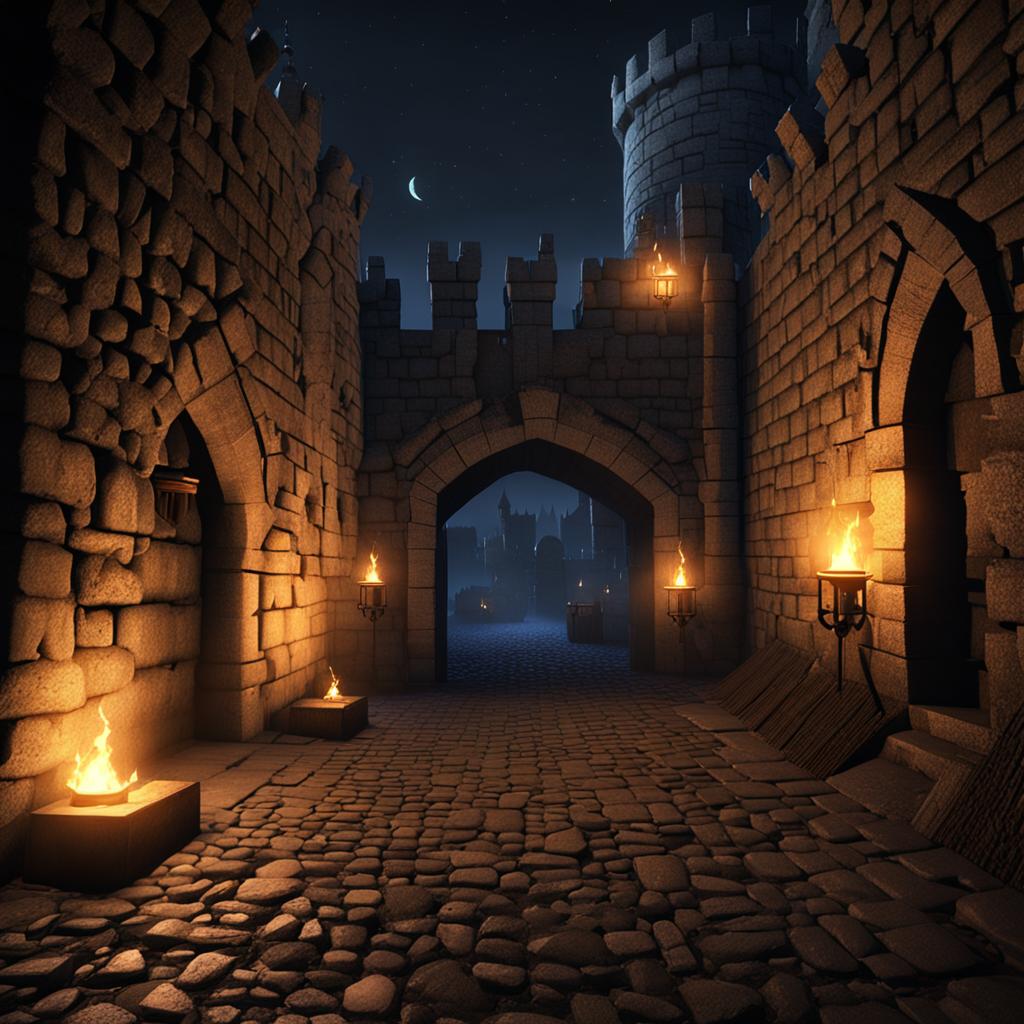
You can also have your player characters actually run the Prison. Theoretically, it will be a short-term commitment because adventurers generally like to adventure. That said, you could create a campaign that centers around running a prison.
However, running a prison provides some exciting aspects. For example, why are the player characters running the Prison? Are they just coincidentally running it together? Or are they doing it as community service or as a favor to someone?
Running a prison might seem like a sweet gig, but in reality, you are at the forefront of constant conflict. Prisons often have undercurrents of gangs and such; generally, those gangs run contrary to the Guards. So, if the adventurers run the Prison, they must deal with gangs and uncooperative prisoners.
Now, you can consider the Warden (which we’ll get to later). Does the Warden like the party? Are they at odds? All these questions and answers can create a dynamic situation for your players.
The last situation that you could create is a Prison visit. Your player characters decide to visit the Prison, whether to get information or kill a prisoner. Either way, you will need to create a prison. Since you’re already doing the work, consider using the Prison for some exciting encounters.
The nice thing about this option is that you can create a partial prison that isn’t necessarily dynamic. As long as it fulfills the purpose of the encounter, you’re good.
If you do have your characters visit a prison, try to describe everything about it. If the Prison is a good one, ideally, visitors should remember it forever.
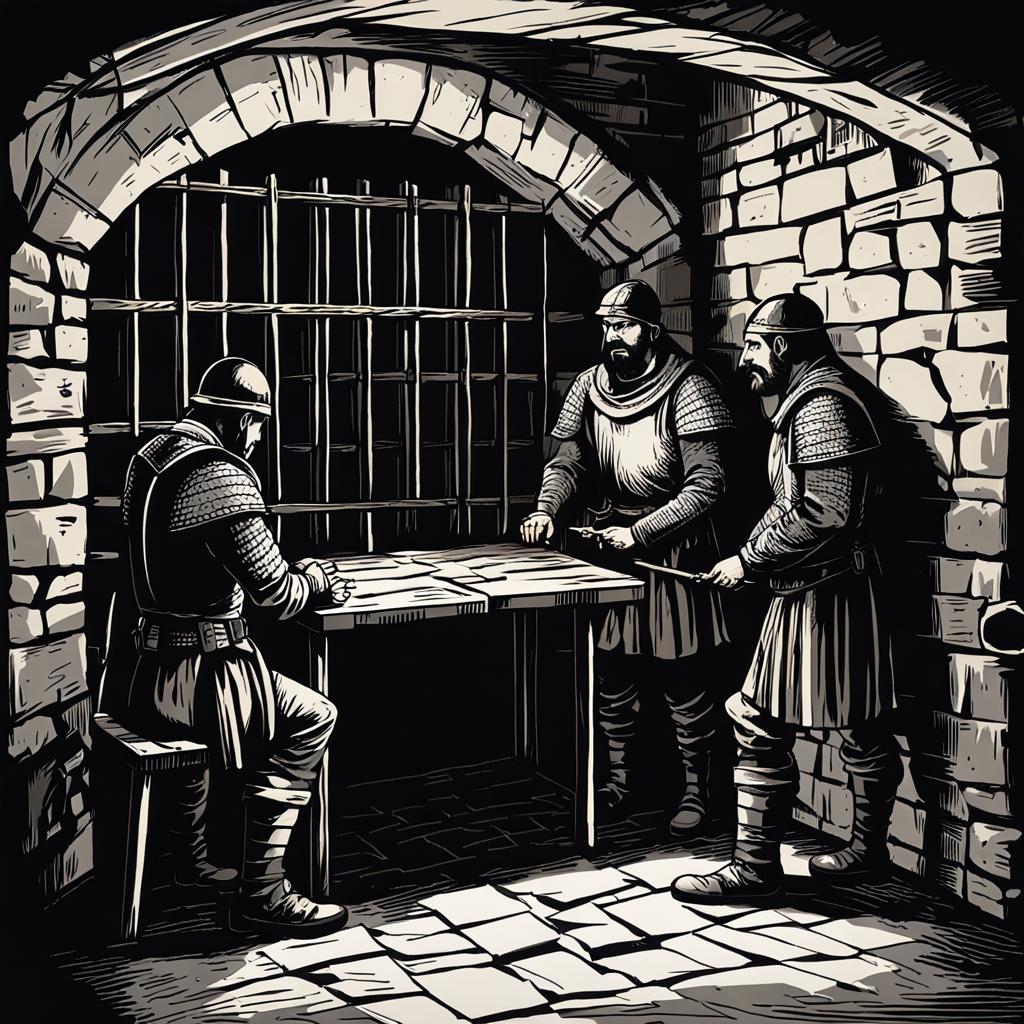
Now that you’ve decided to include a prison in your campaign, let’s discuss building out the Prison. This is the fun part, the world-building part. We’re going to go over a few things, so don’t start hyperventilating quite yet.
As with any significant piece of real estate, the first thing to worry about is the Location, Location, Location.
Most prisons are created primarily to keep people from getting out. They exist to stop people from going back to society, where they can cause much more trouble. Therefore, most prisons are generally hard to escape. Naturally, that means putting prisons in inconvenient places is generally a good thing.
Think about the prison’s location in the world you’ve built. What continent is it on? What nation? What region? What city?
All these questions have distinct and valuable answers that inform much more about the Prison. The Prison will naturally adopt some cultural points from where it is located. It has to fit within the more enormous scope of your campaign setting.
After that, think of the area directly around the Prison. Is it located on a cliff? An Island? Under the water? In the city’s sewers?
What location might make it more difficult for prisoners to escape?
Don’t worry about making the Prison perfect or inescapable. No matter what type of Prison you make, your players will always find a way to ensure prisoners escape if they want. Conversely, if your players are the guards, you can find a way to escape it with no problem. You should be able to find a way to have your characters escape it since you built it.
The more time you spend on this, the easier it will be to say yes or no to players’ ideas. You’ll already know all the juicy details. This is why most people develop a DND prison map for their one-shot or campaign.
After considering the Prison’s location, you should consider the structure itself. First, answer the question of what is the structure made of?
This question should be answered pretty easily based on the prison’s location. It will likely be made of materials that can be gathered nearby. If your Prison is made of more exotic materials, you should still know why. Create reasons why that particular material was used.
With the material in your mind, you can begin to construct the structure itself. You can use various tools or map-making software; each has its own benefit. As you build it, consider everything we’ve discussed so far.
If your Prison has a warden, does the Warden have their own bedroom and office?
Or does the Warden commute to work?
Where do the guards sleep?
Do the guards have an armory?
Would the armory be near the prisoners?
Does the Prison have a library?
Does the Prison have an open yard where the prisoners can spend rec time?
Does the Prison have 2 sets of walls?
How large are the cells?
Does the prison have an infirmary or just a doctor who visits the prisoners?
Does the Prison have a storage area?
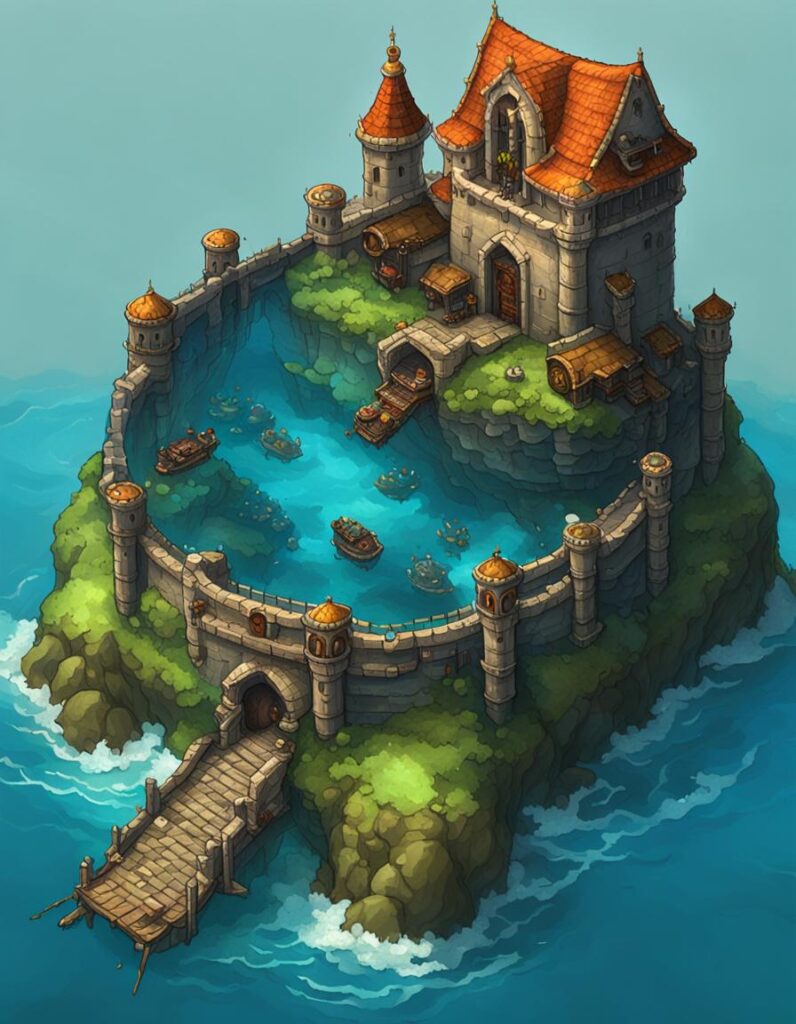
Fleshing out these questions can help when you go to the map-making tool, software, or piece of paper. When you start making the map, you will know the elements you need to place.
Let’s start by listing all the elements you want to include so you remember them. Use this part of the planning process to wild and have some fun. It’s like a Sims game, except you’re building a prison… unless they have that out there (they do sort of).
This is the part where you flesh out your D&D prison maps to encompass all the aspects of your session or one-shot. You may need more than one map because your Prison will likely have more than one lever or layer.
If you don’t feel like making the DND map yourself, you can always have someone else do it. Go to Pinterest and find some maps for free or just commission someone to make one for you. Putting in the extra work to have a killer map can make your game so much better, but it’s not necessary.
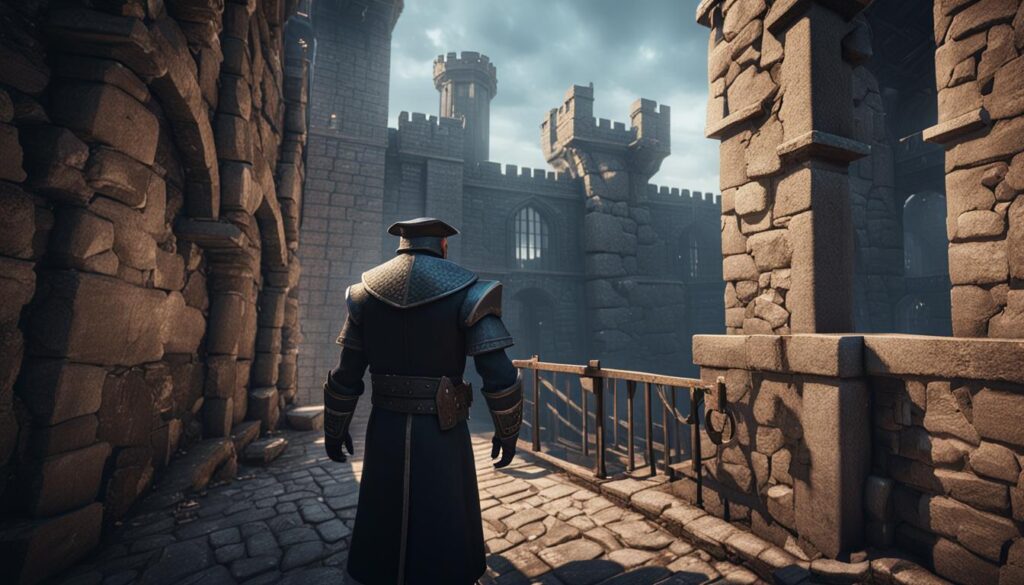
After you’ve got your Location, Location, and Location down, you need to fill your D&D prison with D&D characters. The most important NPC of the entire Prison is the Warden.
In this case, I use the term “warden” to represent whoever is in charge of the Prison. If it’s a prisoner-of-war prison, then the “warden” could be a commandant or some other military ranking. Or, your Prison just falls under the purview of the king or tyrant of wherever you are. It doesn’t matter.
What matters is the details about the Warden. These details will trickle down to everything else that happens after this point. Answer questions like:
Fleshing out these questions will help prepare the Warden’s character and personality. You’ll also be ready for the Warden to take action (which they definitely will).
Next, you have to do the same thing with the prison guards. It should get easier because the guards will mirror or be based on the Guards. If the Warden is terrible at their job, the guards will likely behave contrary to the wishes of the Warden.
That said, the guards in your Prison will likely have their own culture, which can take many forms. If your guards are corrupt, they will likely trade with the inmates. Or perhaps they’ll just be extra violent.
With the guards, you’ll want to make sure you decide how much training they have, how well they maintain that training and their gear, and what type of gear they have. Knowing these considerations will determine many possibilities for your players in your session or your one-shot.
You’ll also need to flesh out the other inmates in the Prison. Unless it’s a prison for just one being (like Tai-Lung in Kung Fu Panda), other people will be there.
Firstly, is there a “tough guy” in the Prison? Someone who everyone else steers away from or obeys so they don’t get shanked?
Next, are there unwritten rules that the prisoners learn to follow? Is there trade among the prisoners for things like food or small commodities? When you throw all the prisoners together, what is their behavior? These two questions will hopefully spark many encounter ideas within the Prison.
Answer these questions, but don’t forget to fill the inmate roster with some unique characters. Create only as many characters as will be useful in the story. Not every prisoner needs to have a full backstory.
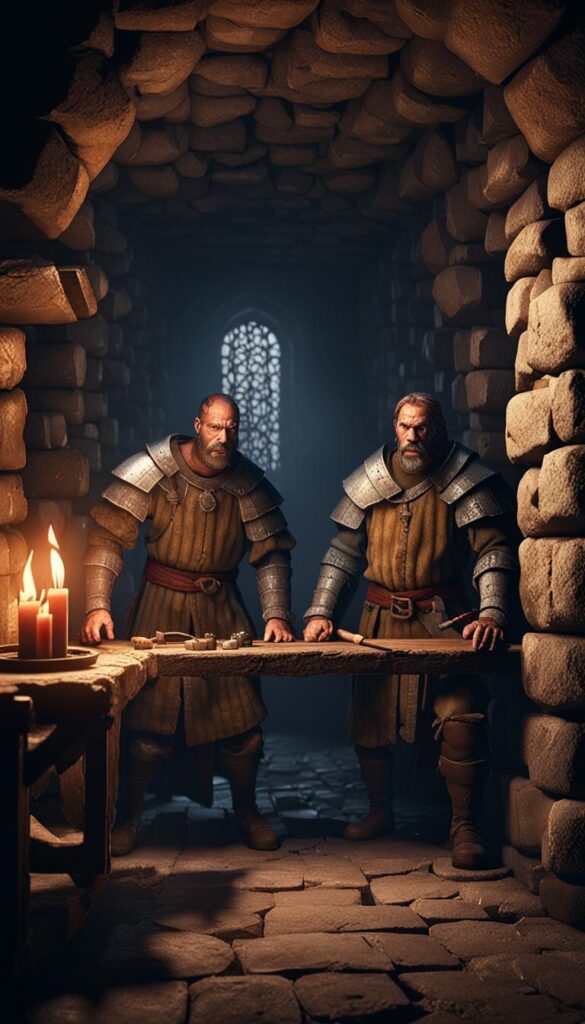
One more note on the gangs in the Prison. Gangs exist to help a specific group get ahead. So you must figure out what “getting ahead” in your Prison looks like.
You’ll also need to figure out how the gang relates to the guards and the Warden. If the guards and the Warden know about the gang, what stops them from splitting it up?
You’ll also want to make sure all the major gang members are clearly identified and fleshed out. If your player wants to go see Boss McGinty, then you better darn well know who that is. You will also need to know who the people to the right and left of Boss McGinty are.
Now, let’s flesh out some prison escape ideas for DnD games and sessions. You can use these for sessions, campaigns, or even DND Prison break one-shots (which I’ve done before).
Generally, your players will be the ones responsible for trying to escape. That’s one of the best reasons to add these ideas into your one shot. Conversely, it’s also up to your players to prevent an escape (assuming they are guards, not prisoners). Here are some general ideas on how to run a prison sequence in a game.
Before going on, you need to decide on the level of your party. The Prison will change depending on whether your party is low or high. Once you have the level set, you can continue being creative by working out the plot more.
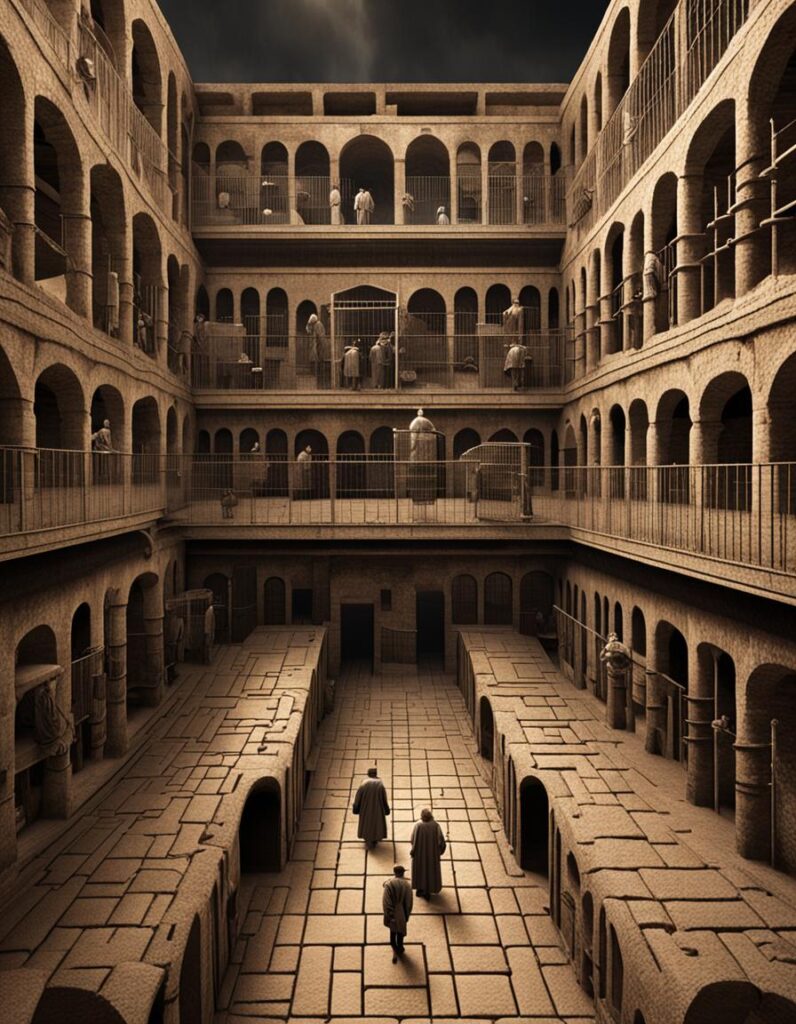
First, let’s start with the easiest. Having them be guards is the easiest for the players and possibly the easiest for you. The only consideration is whether the overall plot needs any particular prisoner to escape.
If it doesn’t matter if the prisoner the party is guarding escapes, then play it loosey-goosey. Don’t worry too much about the consequences.
On the other hand, if the prisoner being guarded is the BBEG, then you have to make some special considerations. They do have to escape, after all, for the sake of the plot.
First, you can always pull your party out of the Prison and have the prisoner escape while the party is gone. This isn’t ideal because you made a whole prison, so why not use it.
The second option is that the party fails to see the bigger threat. In this case, you may have a distraction going on, like a prison riot or the escape of some other prisoners. The party can deal with the distraction and “win” but then discover they didn’t win at all.
The last opinion is that the party goes up head to head with the escaping prisoner. This one is tough to pull off. The forces of the escaping prisoner will have to be equal to or greater than the party’s. That means they’ll need accomplices or a reason they haven’t previously used their power to escape.
Basically, no matter what, if the prisoner needs to escape, then the party will feel like they lost. This is not a bad thing if you want to build a sense of anger and resentment towards the BBEG in this case.
The next scenario involves your party being the prisoners. There are actually just two scenarios in that case.
The first is that the party gets themselves out of Prison. In this case, they hatch the plan, find the resources, and execute the plan.
There is a third and a fourth, but they are not very useful. 3: The party stays in Prison until they are let out on good behavior, and 4: The party stays in Prison forever.
Let me tell you a secret, though. In this scenario, you give the party hints on how to escape.
I mean that while in Prison, the party will be doing multiple checks to do various things. Those checks will result in more information for the party. Whatever information you give them is technically a hint on how to escape.
So, when it comes to this method, think critically about the information you give them. Don’t give them too much at first if you want them to spend some time in Prison. Alternatively, if you’re okay with them getting out fast, tell them some crucial pieces of information right up front. The actual escaping will take long enough.
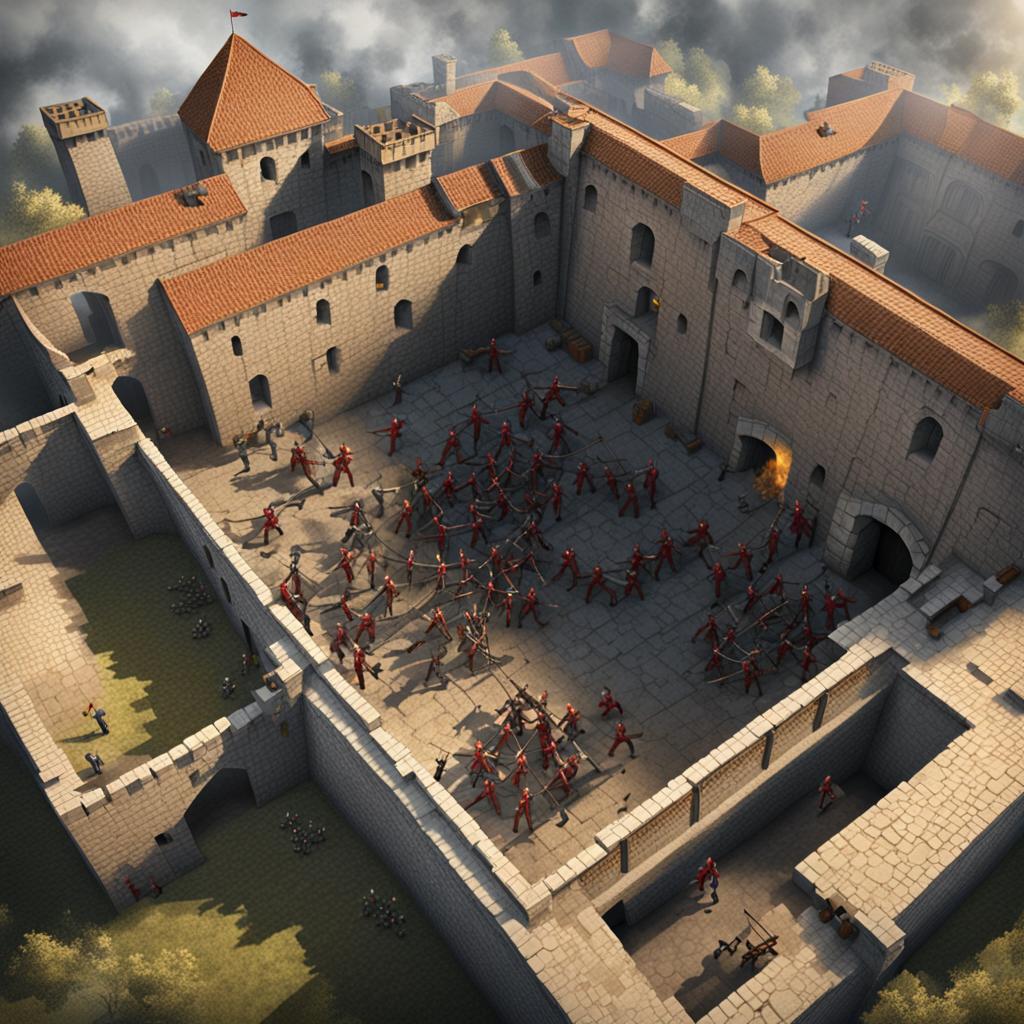
The second option is to actually get them out of Prison yourself. In this case, there are two ways of doing this: the passive way and the active way.
The Passive Way: In the passive way, you allow them to act. You create a situation where something happens independently of the party’s actions. The party can choose to take the chance or not.
A prison riot is a great example. Let’s say that some other prisoners start a riot on a random day in the prison. Now, opportunities open up for the players, and they can make choices with what is given to them.
The Active Way: In this case, forces literally come and get the party out of Prison. The party might be doing something, but the real freeing force is something else entirely. A raiding party of goblins could be a great example if the goblins take the party back to their camp or an earthquake destroys the prison.
Only use this method in one of two cases: if the party is frustrated and annoyed or if the plot has stalled. Otherwise, skip it.
With all of these tips and techniques, you can create your own DND Prison step by step. From the Warden to the walls, you’ll have everything written down and mapped out so your players will find the Prison interesting.
Hopefully, you’ve got some exciting and creative prison escape ideas for your campaign. I hope your Prison turns out to be the best ever created. Comment on your success below to let us know.
Copyright Monsters.Rent 2023